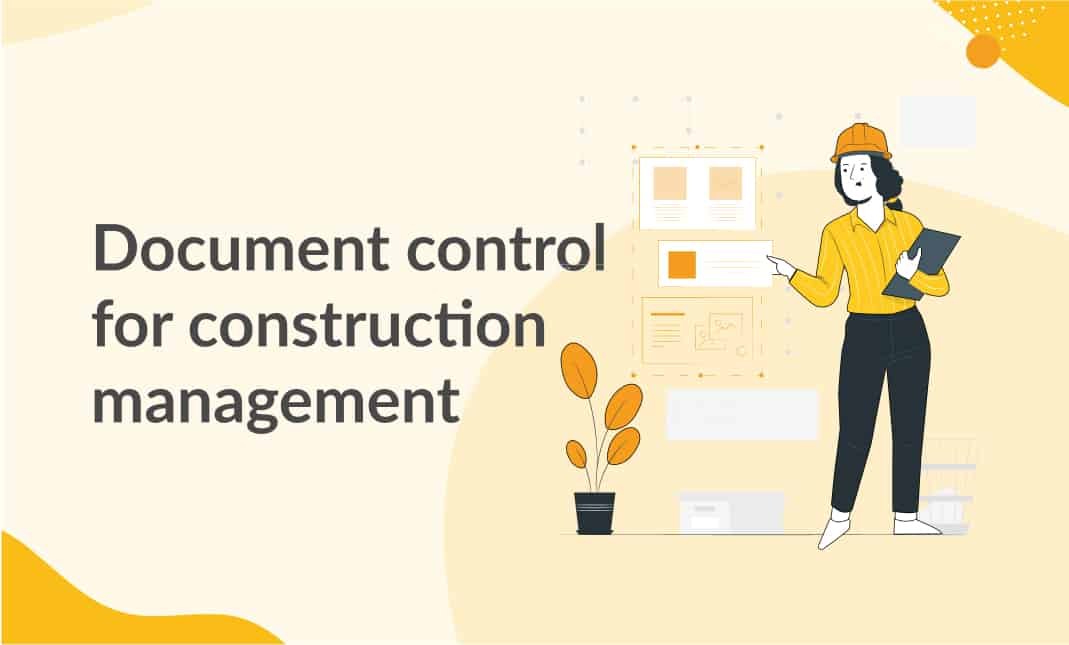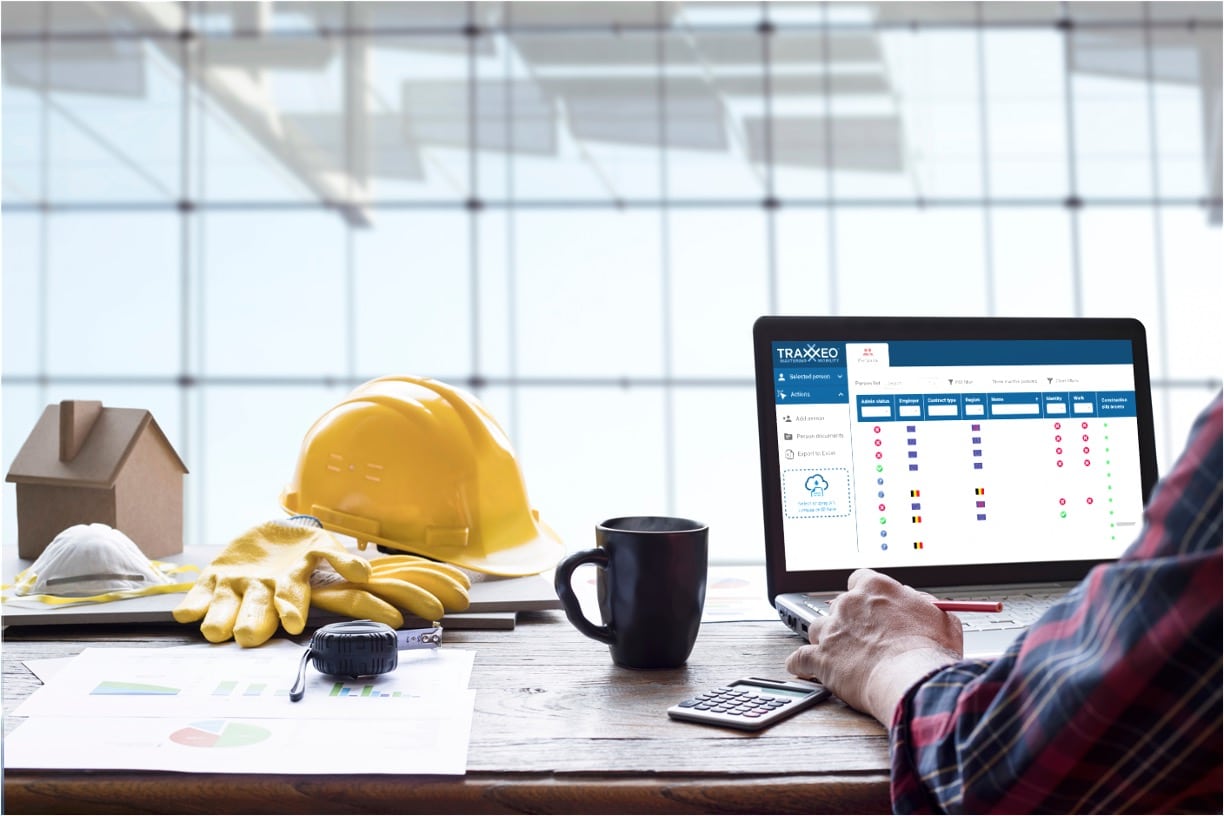Streamline Collaboration: The Power of Construction Document Management Systems
Streamline Collaboration: The Power of Construction Document Management Systems
Blog Article
Enhancing Process Effectiveness: Designer's Expert Approaches for Building Record Administration
In the world of building style and building, the precise administration of papers stands as a foundation for job success. These methods not just make sure smooth job progression but also hold the key to opening boosted efficiency and precision in the elaborate realm of construction record monitoring.
Trick Paper Organization Techniques
When managing building papers, one of the key techniques that engineers utilize is establishing a systematic and efficient organization system. This system usually involves classifying files based upon their type, such as drawings, specs, contracts, and allows. By developing distinctive and clear groups, engineers can quickly locate particular information when required, conserving time and minimizing mistakes in the construction procedure.
Within each classification, designers further organize records by utilizing or producing subfolders numbering systems to denote versions or revisions (construction document management). This ordered structure ensures that the most current and relevant info is quickly obtainable while maintaining a record of adjustments made throughout the project timeline
Moreover, engineers commonly use digital file management platforms that provide functions like keyword search functions, version control, and access constraints to enhance company and cooperation amongst task stakeholders. These tools simplify the record access process, promote real-time updates, and help with seamless communication, eventually adding to the overall success of the building task.
Collaborative Platform Assimilation
To maximize file management effectiveness in building tasks, designers perfectly incorporate collective systems to boost interaction and enhance control among job stakeholders. By leveraging collective platforms such as task management software program, cloud-based storage systems, and interaction tools, architects can produce a centralized center for all project-related documents and communication channels. These platforms allow employee to accessibility, review, and team up on files in real-time, lowering hold-ups and the threat of errors associated with standard record monitoring approaches.
Collaborative system combination also promotes transparency and accountability within the task group, as all stakeholders have visibility right into the most recent project updates and revisions. By systematizing communication and document sharing, engineers can make sure that all employee are functioning from the most updated information, minimizing the opportunities of misunderstandings or disputes occurring due to out-of-date papers.
In addition, joint systems enable seamless partnership in between engineers, service providers, clients, and other job stakeholders, advertising a more natural and effective project workflow. By damaging down interaction barriers and facilitating info exchange, designers can drive efficiency and advancement in building tasks, eventually resulting in effective job results.
Variation Control Ideal Practices
Applying reliable version control methods is vital for maintaining document precision and uniformity in building jobs. By establishing a clear Go Here system for managing modifications, project teams can guarantee that everyone is functioning from the most up-to-date documentation, minimizing the risk of mistakes and inconsistencies during the building stage.
One of the key best techniques for variation control is to appoint distinct identifiers to each file version. This can be attained by utilizing a numbering system or day stamp that clearly indicates the order of alterations. By plainly identifying each iteration, staff member can easily track the development of the file and determine the most recent variation.

Automation Devices for Efficiency

Document control software program, like Procore or PlanGrid, systematizes project paperwork, making it conveniently available to all stakeholders. These systems permit for real-time collaboration, variation control, and automated back-ups, protecting versus data loss. Additionally, Building Details Modeling (BIM) software automates the generation of building illustrations and guarantees that modifications are integrated across all related documents.
Integrating automation tools with cloud storage space solutions additionally improves ease of access and protection. By automating the document monitoring process, project teams can concentrate their time and effort on value-adding tasks, eventually improving productivity and project results.
Secure Data Administration Solutions
Properly taking care of and safeguarding job data is vital in the building market to make sure privacy and stability throughout the project lifecycle. Building companies can use encrypted cloud storage space solutions to firmly save and share project files with you can look here accredited personnel.
In addition, making use of digital rights administration (DRM) devices adds an extra layer of safety and security by protecting against the unapproved circulation or replication of job documents. Routine information backups are important to reduce the threat of data loss due to unforeseen situations like equipment failings or cyber-attacks. Collective platforms with integrated safety features enable smooth interaction and data sharing among job staff member while maintaining click to investigate data honesty.
Conclusion
To conclude, implementing vital file organization methods, integrating joint systems, exercising version control ideal techniques, making use of automation tools, and taking on secure information administration remedies are important strategies for boosting process efficiency in construction document management. These expert approaches can streamline procedures, boost communication, guarantee precision, and maintain information protection throughout the building task lifecycle.
In the realm of building layout and building, the precise management of records stands as a foundation for project success. These techniques not just ensure smooth job development but additionally hold the vital to unlocking improved productivity and precision in the elaborate world of construction record management.
To enhance document administration performance in construction projects, engineers seamlessly integrate collective platforms to boost communication and improve sychronisation amongst task stakeholders. These systems allow team members to gain access to, evaluation, and work together on documents in real-time, decreasing hold-ups and the threat of errors connected with typical file management methods.
Using automation tools in construction record administration substantially enhances performance and improves procedures for task teams. construction document management.
Report this page